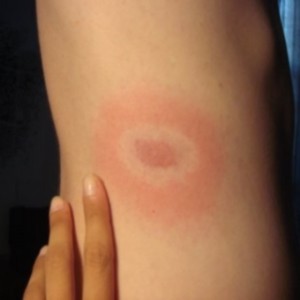What is Staphylococcus?
Staphylococcus is a group of bacteria that can cause a number of diseases as a result of infection of various tissues of the body. Staphylococcus is more known as Staph (pronounced “staff”). Staph-related illness can range from mild and requiring no treatment to severe and potentially fatal.
Who is at risk for Staph infections?
Anyone can develop a Staph infection, although certain groups of people are at greater risk, including newborn infants, breastfeeding women, and people with chronic conditions such as diabetes, cancer, vascular disease, and lung disease. Injecting drug users, those with skin injuries or disorders, intravenous catheters, surgical incisions, and those with a weakened immune system due either to disease or a result of immune suppressing medications all have an increased risk of developing Staph infections.
Staph infections are contagious until the infection has resolved. Direct contact with an infected sore or wound, or with personal-care items such as razors, bandages, etc., are common routes of transmission. Casual contact such as kissing or hugging does not pose a great risk for transmission if there is no direct contact with the infected area.
What are the symptoms and signs of a Staph infection?
Staphylococcal disease of the skin usually results in a localized collection of pus, known as an abscess, boil, or furuncle, depending upon the exact type of lesion that is present. The affected area may be red, swollen, and painful. Drainage or pus is common. When Staph is in the blood (bacteremia or sepsis), it can cause high fevers, chills, and low blood pressure.
What is the treatment for Staph infections?
Minor skin infections are usually treated with an antibiotic ointment such as a nonprescription triple-antibiotic mixture. In some cases, oral antibiotics may be given for skin infections. Additionally, if abscesses are present, they are surgically drained. More serious and life-threatening infections are treated with intravenous antibiotics. The choice of antibiotic depends on the susceptibility of the particular staphylococcal strain as determined by culture results in the laboratory.
Prevention
No vaccine is available against Staphylococcus aureus. Since the bacteria are so widespread and cause so many different diseases, prevention of Staph infections requires attention to the risk factors that may increase the likelihood of getting a particular type of Staph infection. For example, it is possible for menstruating women reduce the risk of toxic shock syndrome by frequently changing tampons (at least every four to eight hours), using low-absorbency tampons, and alternating sanitary pad and tampon use. Careful attention to food-handling and food-preparation practices can decrease the risk of staphylococcal food poisoning. Prevention of Staph infections can be aided by proper hygiene when caring for skin wounds. Careful hand washing, avoiding close skin contact with possible infected individuals, and proper hygienic care of skin scrapes, cuts, and wounds can all reduce the likelihood of skin infections due to Staph.






Wat u gave r d signs and nt d symptoms u know, dey r two diff tins.
Thank you for giving information on Staphylococcus. It is appreciable. Thank you for spreading awareness on this.